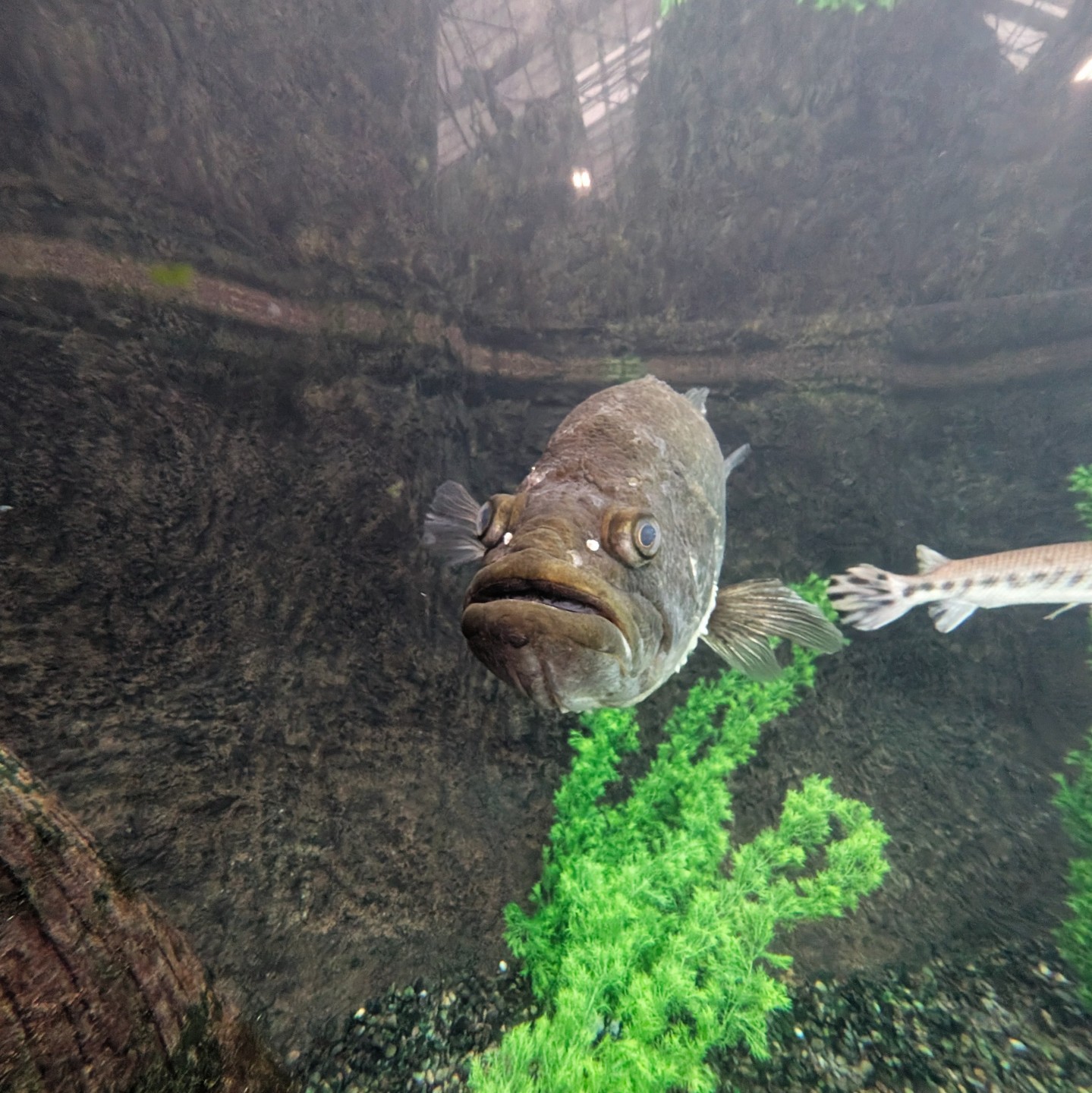- The role of young largemouth bass in aquatic food chains and their significance to predator species like yellow perch, walleye, northern pike, and muskellunge.
- Adaptation strategies of largemouth bass that enhance their survival as they mature, reducing their vulnerability to natural predators.
- The impact of human activity, particularly fishing, on largemouth bass populations and aquatic ecosystems.
- Importance of conservation strategies and sustainable practices to protect the largemouth bass and maintain ecological balance.
- The ecological and recreational significance of largemouth bass within freshwater ecosystems, focusing on biodiversity and angling culture.
Largemouth bass are a critical component of freshwater ecosystems across North America, serving as both predator and prey within the aquatic food chain. Young largemouth bass, in particular, occupy a unique position as a preferred meal for various predatory fish species, including yellow perch, walleye, northern pike, and muskellunge. Each of these species plays a vital role in controlling the population dynamics within their habitats, and the consumption of young largemouth bass is a major part of this process. These interactions reflect the delicate balance of ecosystems, where predation helps regulate species populations and maintain ecological stability.
The vulnerability of young largemouth bass to various predators is partly due to their size and inability to effectively escape. However, as they mature, largemouth bass develop several adaptive traits that increase their survival odds. Morphological changes, such as the expansion of their bodies and the strengthening of their fins, provide more powerful swimming capabilities, enabling them to escape pursuers more efficiently. Behavioral adaptations also play a critical role; largemouth bass quickly learn from their environment, adopting more strategic methods to avoid predators, such as seeking shelter in dense aquatic vegetation or utilizing complex water structures.
Despite their improved survival tactics, largemouth bass face significant pressure from human activity—particularly recreational fishing. Humans, as apex predators, exert notable influence over largemouth bass populations through direct fishing and indirect environmental impacts. Overfishing can lead to reduced population numbers, which may affect the stability and health of aquatic ecosystems. Catch and release practices, while well-intentioned, can sometimes be detrimental if not performed with care. Additionally, habitat degradation from pollution, land development, and climate change can alter the natural habitat of largemouth bass, impacting their breeding and feeding behaviors.
Conservation strategies aimed at protecting largemouth bass are of paramount importance in maintaining ecological balance. Implementing sustainable fishing practices, such as regulated seasons and size limits, helps ensure that populations are not only preserved but thrive. Habitat restoration initiatives, like the re-establishment of wetlands and riverbeds, provide essential resources for largemouth bass and other aquatic species. Involvement of local communities in conservation efforts can also enhance the effectiveness of these strategies, promoting awareness and responsible stewardship of natural resources.
The ecological significance of largemouth bass extends beyond their role in food chains. They contribute to the recreational fishing industry, which supports local economies and fosters a connection between humans and nature. Promoting sustainable angling practices can help unite conservation goals with recreational objectives, ensuring that future generations can experience the joy of fishing and the beauty of healthy freshwater ecosystems.
The intricate interplay of largemouth bass with their environment highlights the importance of understanding and preserving aquatic ecosystems. By recognizing the factors that affect largemouth bass populations, such as predation and human activities, we can better appreciate their role within these ecosystems. Through continued education and commitment to sustainable practices, we can protect the largemouth bass, allowing them to flourish within their habitats and continue to contribute to the biodiversity and health of our freshwater systems.
*****
Source Description
Young largemouth bass are on the menu for yellow perch, walleye, northern pike, and muskellunge. But as they grow, they become skilled at escaping most predators, except their top predator—humans! 🎣🐟


